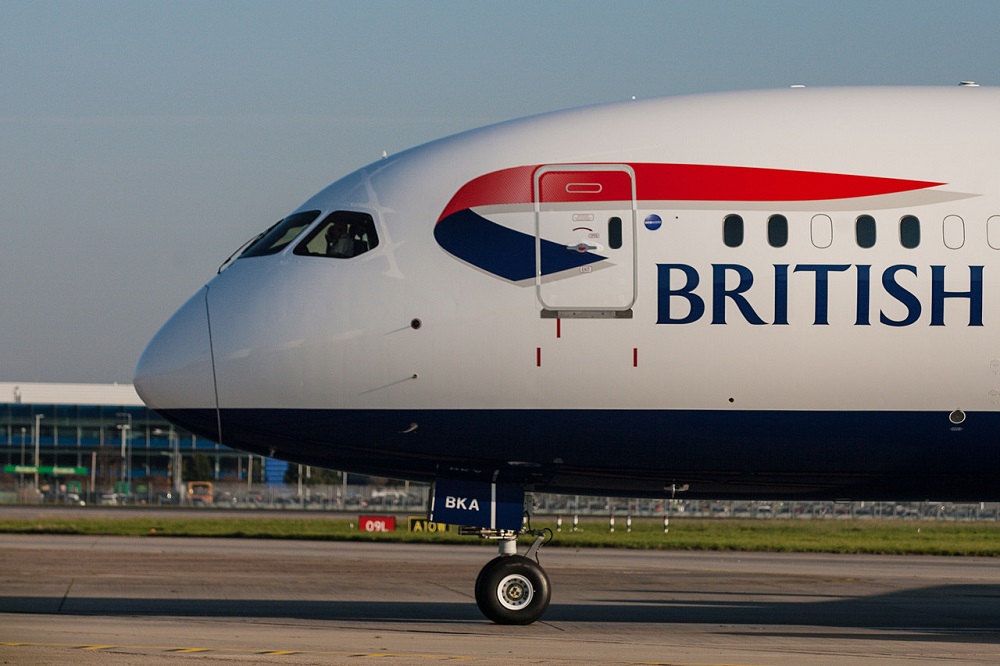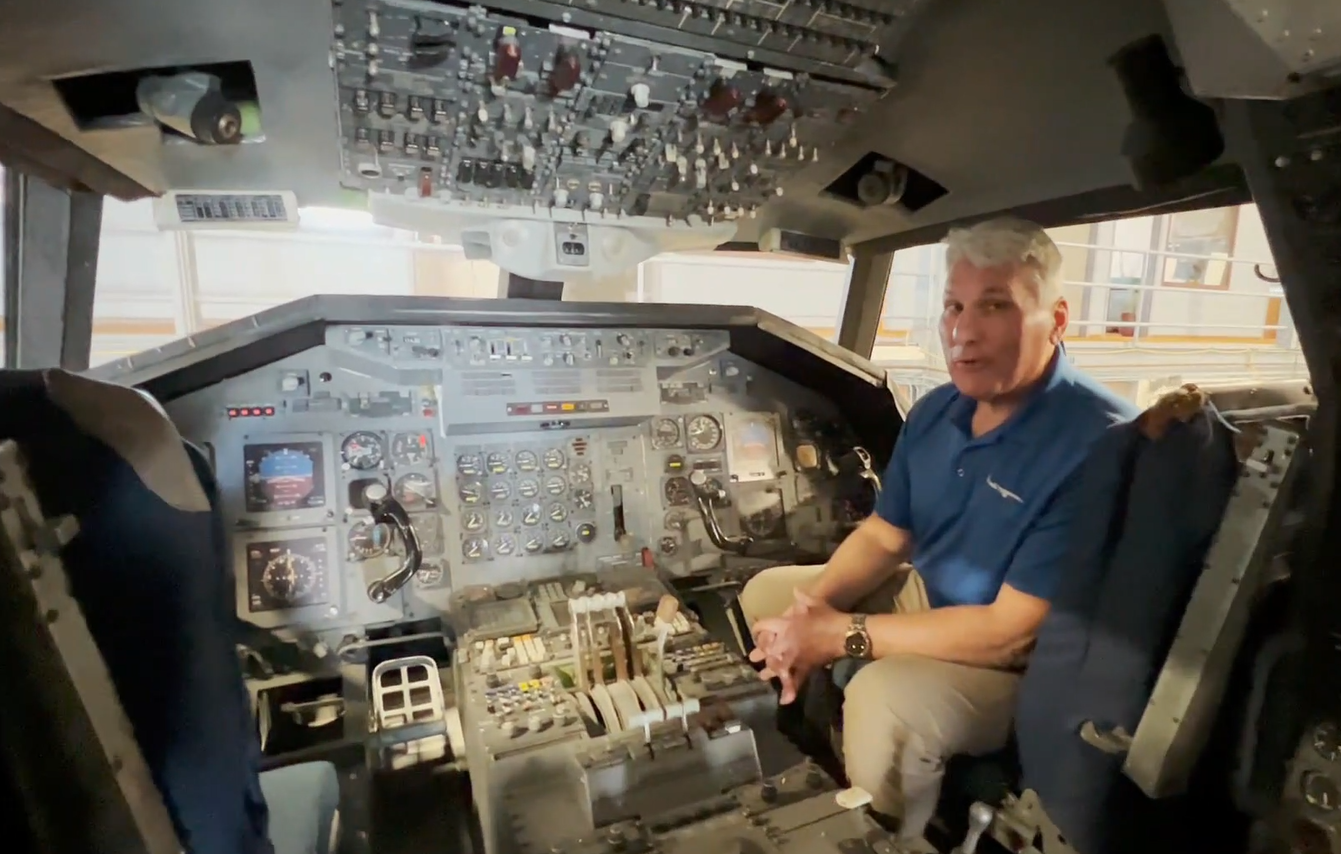British Airways parent IAG flags more European bases.
23 February, 2017
5 min read
By joining our newsletter, you agree to our Privacy Policy


The low-cost long-haul flying revolution is quickening as British Airways parent company IAG vows that its new Barcelona base for services to Asia and the Americas will just be the first of several bases linking Europe to the world.
IAG has been emboldened by the financial success of fast-growing independent low-cost carrier Norwegian Air Shuttle, which is preparing to announce a raft of new transatlantic routes linking Europe and America as early as this week.
At the same time, Air France has given its new long-haul low-cost offshoot the working title Boost and has announced that it may fly brand-new Airbus A350-900s instead of the previously mooted second-hand Airbus A340-300s from the existing Air France fleet.
The flurry of low-cost expansion by European full service carriers -- including Lufthansa’s low-cost arm, Eurowings, which is cautiously adding intercontinental destinations – has been a long time coming as they have waited more than a decade to follow Australian national carrier Qantas’s foray into budget flying long-haul with subsidiary Jetstar (created in 2004) and Singapore Airlines’ successful Scoot, launched in 2012.
IAG group chief executive Willie Walsh revealed earlier this year that his as-yet-unnamed long-haul low-cost subsidiary would be launched in June with an inaugural fleet of two Airbus A330-300s, which can squeeze in up to 436 people in configurations using by other low-cost carriers.
The new carrier would initially operate from Barcelona, Spain, the headquarters of IAG short-haul low-cost subsidiary Vueling, which will act as the feeder service for the intercontinental flights.
However, Walsh now says “without question, in due course” IAG will begin long-haul, low-cost operations at other locations in Europe.
“You’ve got to start somewhere and we think Barcelona is the right place to start," he says. He predicts the new carrier will become a significant part of IAG, which includes British Airways, Spanish flag carrier, Vueling and Irish national carrier Aer Lingus.
Walsh makes no secret of the fact that it’s a direct response to the emergence of Norwegian Air Shuttle, which has a network of European feeder services supporting its long-haul services to the Americas and Asia using a fleet of Boeing 787-8 and 787-9 Dreamliners seating 291 to 344 people – considerably fewer seats than other low-cost carriers like Jetstar and Scoot.
IAG has previously disclosed that “we would respond in a competitive way to what Norwegian has done”, Walsh says.
Norwegian is the new star performer in the airline world, remaining profitable while growing fast. Last year the airline increased revenue by 16 per cent, adding more than 20 planes to its fleet. This year, it will increase the size of the fleet by another one-third, with 32 new planes.
Norwegian has become a world leader in deploying what used to be considered short-haul narrowbody planes to transatlantic routes linking Europe and America.
In the next few months, Boeing will begin deliveries of the first of Norwegian’s 108 new 737 MAX 8s, seating 186 people, which will be used this year to fly mainly from Ireland to new US destinations, including Providence, Rhode Island, and Stewart International Airport, about 100 kilometres north of New York City, where the airline will base flight crews for the transatlantic hop.
Like LaGuardia, JFK and Newark Liberty airports, Stewart is operated by the New York Port Authority, but until now has hosted only a small sprinkling of US domestic services, even though it has a 3000-metre runway suitable for planes as big as the A380 super jumbo.
Just 75 minutes by road from downtown New York, its lower costs will enable Norwegian to offer transatlantic crossings for as little as $US69 one way, the airline says.
In 2019, Norwegian will begin deploying a fleet of Airbus A321s, that can fly ever further than the 737s and will seat around 220 passengers.
Kjos says he doesn’t think there will be passenger resistance to flying long-haul on single-aisle aircraft as the airline already operates routes of around 6500 kilometres from Scandinavia to Dubai “and that's not a problem".
Fears that the airline’s growth will be impeded by US government opposition have also receded after an endorsement of the airline from the new Trump White House.
Executives of America’s major airlines and airline unions have been attempting to capitalise on the Trump administration’s protectionist threats against other countries by asking for action against Norwegian Air Shuttle and the big three Arabian Gulf carriers who they allege are receiving unfair economic aid from their government owners.
However, before a meeting between Trump and US airline chiefs this month, White House spokesman Shaun Spicer said the US had “a huge economic interest” in Norwegian’s growth because of the number of Americans it was employing – 500 flight attendants at its existing crew bases in New York and Fort Lauderdale, Florida, and a further 200 people to be employed at the new bases at Providence and Stewart International.
Air France, meanwhile, is forging ahead with plans to get its new Boost subsidiary into the air this year and is considering using new-tech A350 jets, instead of older A340s, in spite of the higher cost of ownership.
Air France-KLM chief executive Jean-Marc Janaillac he has assured the airline’s customers they won’t see a reduction in customer service standards – just a reduction in back-office costs to return long-haul services to profitability.
Indeed, the new subsidiary simply aims only to compete better with full-service competitors, not low-cost carriers like Norwegian.
The new low-cost arm would aim to cut Air France’s long-haul flying costs by 20 per cent, which, according to an analysis by the London Financial Times in 2015, would mean its per-seat unit costs are still higher than those of British Airways and more than double those of low-cost competitors like Ryanair.
Next Article
Qantas triples profit but misses mark

Get the latest news and updates straight to your inbox
No spam, no hassle, no fuss, just airline news direct to you.
By joining our newsletter, you agree to our Privacy Policy
Find us on social media
Comments
No comments yet, be the first to write one.
